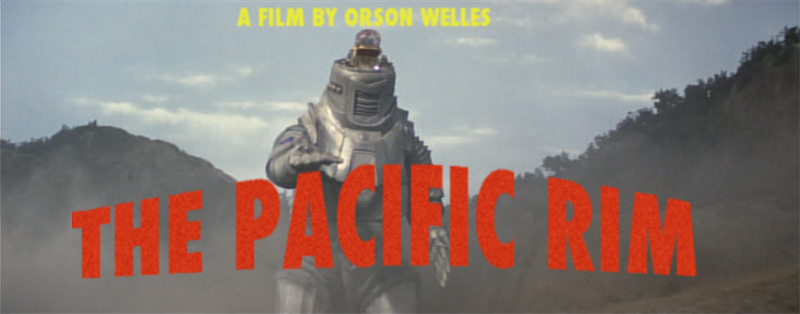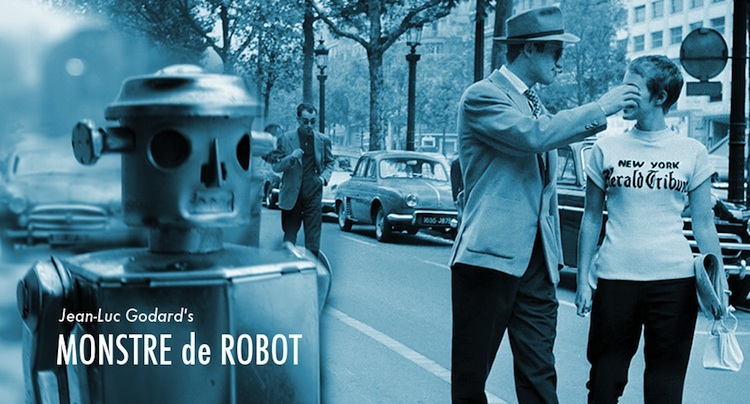Pacific Rim is the Citizen Kane of robot monster movies. I’m referring, naturally, to the original cut of Citizen Kane, not the butchered, robot-free studio cut that most of us saw in film class. Making Rosebud a sled instead of a robot companion deprives Kane of both pathos and narrative coherence. Anyway. This film is, of course, a remake of the 1965 Orson Welles Japanese production, The Pacific Rim. The 2013 version of Pacific Rim is perhaps the deepest and most ambitious robot monster movie since Woody Allen’s 1982 Robots of Manhattan, and perhaps the most innovative cinematic take on robots and monsters since Francois Truffaut’s ground-breaking masterpiece, Les Robots Dangereux.

Welles was, as cineastes all know, obsessed with robots, and when the French New Wave re-invigorated the robot monster genre, Welles was able to convince a group of Japanese industrialists to partially bankroll his own robot monster picture. Welles’s The Pacific Rim was released in the Japan as ROBOT PUNCH MONSTER due to an ongoing lawsuit between Welles and 20th Century Fox, producers of South Pacific. Fox lawyers argued that the similarities between Pacific Rim and South Pacific–punching, shrieking, and frequent use of the word “Pacific” would be confusing to viewers and infringe on Fox trademarks.
After Welles lost the suit and was forced to change the name, he was sued in turn by Universal, which owned the rights to the word “monster.” Welles was subsequently sued by MGM, which owned the rights to the word “the.” (The outcome of this suit was the reason George Lucas changed the name of his robot movie, The Star Wars, to simply Star Wars). Like all of Welles’s robot projects, this one devolved into a miasma of lawyers, tears, and drunken rages. The proposed sequels, MONSTER PUNCH ROBOT and MONSTER GO BOOM, never materialized. The film itself was never released in the United States, though a version of it was put on laser-disc in the early 1990s, and is highly prized by robot monster movie aficionados.
So, how does this version compare to the lost vision of Orson Welles? Pretty favorably, actually. Director Guillermo del Toro captures the gritty realism Welles was striving for, and the special effects are incomparably better. Gone are the underpaid Japanese stuntmen in rubber suits, and the robot pilots wear cool carbon-fiber space suits instead of the faintly ridiculous football-player get-ups Joseph Cotten and Robert Walker wore in the original. Orson Welles does not thrash around in a pool with a rubber octopus in this version. Ron Perlman (playing the black market dealer/pimp Welles himself played) strides around a huge CGI monster. The robot hangers are vast spaces of CGI wonder, instead of a dusty cement factory in Tagashima.
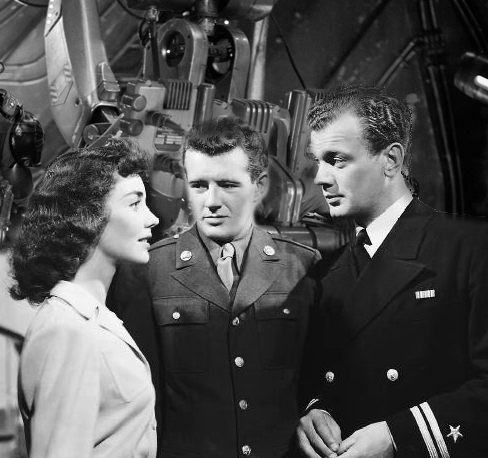
Now, as to the plot…
Let’s face it, you’re not watching this thing for the plot. Truffaut, in the manifesto of the French New Wave robot monster movie, Le robot et l’auteur, railed against what he called “the oppression of the plot.” You don’t go to a robot monster movie for the plot. You go for ROBOTS. And goddamn, there are a lot of robots in this thing. Monsters rise from the sea, and robots punch them. Monsters rise from the
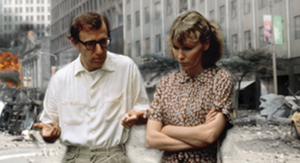
sea again, and robots punch them. Monsters menace the set of Blade Runner, and robots punch the hell out of them. This has some GOOD robots. Let’s face it, as innovative as Jean-Luc Godard’s Monstre de Robot is terms of editing and sexiness and whatnot, the robot is a faintly ridiculous thing made of old stove parts. In Jean Renoir’s L’homme mécanique de Calais (The Mechanical Man of Calais), you don’t even see the robot at all, just a bunch of brooding and shadows and crap. And say what you will about narrative ambiguity and stunning tracking shots in Truffaut’s Les Robots Dangereux–the robot is a dude wearing cardboard boxes. In Les quatre cents robots, you don’t see four hundred robots. You see maybe one, and some shadows. You do briefly see Jean Seberg’s boobs, though, so there’s that.
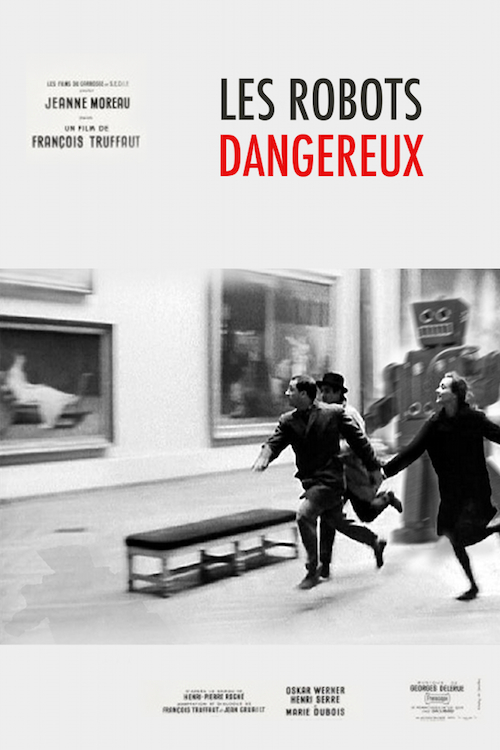
There are no boobs in Pacific Rim. In fact, there are almost no ladies in this picture at all. If you want to see good female characters in a robot movie, get the Criterion edition of Les Robots Dangereux. You’re not really going to see them here. The plucky female journalist, Gypsy Danger, from the 1965 film is completely written out. (In a homage to the Welles film, one of the robots is nicknamed “Gipsy Danger,” but it’s not really the same thing). In the 2013 Pacific Rim, there’s a female pilot for the Russian robot, and she gets maybe three lines of technobabble, “ACTIVATE THE OSCILLATION OVERTHRUSTER!” and “DEES-PATCH WAR ROCKET AJAX!” or somesuch. She’s not Mia Farrow in Robots of Manhattan. There’s a Japanese lady who wants to be a pilot, but everybody knows girls can’t be pilots because they are too emotional or something…anyway, robots. You’re going to see this for the robots. Robots punching monsters. And Idris Ilba shouting. Honest to god, he shouts better than Joseph Cotton. If you want to see robots and punching and shouting and people with ridiculous names, go see this.
